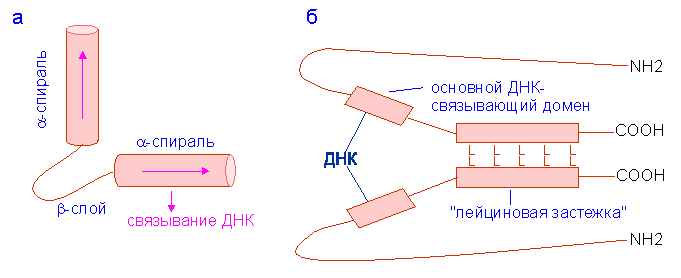Gene: [17q2132/ITGA2B] integrin, alpha 2b (antigen CD41B); coagulation factor I receptor, alpha subunit; fibrinogen receptor on platelets, alpha subunit; glycoprotein IIb (platelet IIb/IIIa complex); thrombasthenia, Glanzmann-Naegeli type (GPIIb/IIIa deficiency); [F1RA GP2B ]
|
SUM |
[1] Immature F1RA propeptide (GPIIb) has MM 142 kD, as estimated with
SDS-PAGE electrophoresis. It undergoes processing resulting in
peptides F1RA alpha and beta (123 and 22 kD, respectively), which in
the mature F1RA protein are covalently linked with two disulfide
bonds. In turn, the whole heterodimer, as fibrinogen receptor alpha
subunit, noncovalently associates with single-chain GPIIIa (95-100
kD), as beta subunit of the receptor.
[2] In complex with monomer GPIIIa (GEM:17q2132/ITGB3), F1RA monomer forms platelet membrane receptor for fibrinogen. Similar complexes (integrins, cytoadhesins) are formed with alpha subunits of fibronectin (GEM:12q1/ITGA5) and vitronectin receptors (GEM:02q3/ITGAV). These three alpha subunuts have common evolutionary origin and are components of the multigene superfamily of 'cell adhesion proteins' (CAMs; the Cell Adhesion Molecules). This family includes also families of integrins and adhesins, as well as so called VLA family (the Very Late T-cell Antigens), particularly, alpha monomers of the lymphocyte-associated antigen p180 (GEM:16p123/ITGAL) and complement receptor 3 (GEM:16p112/ITGAM). [3] An important characteristic of this group of receptors is that all their ligands contain a characteristic tripeptide RGD (Arg-Gly-Asp) as a recognizable sequence. It is notable that alpha subunits of the same type of receptors in different tissues may be different; however GP3A is a common beta subunits for all them. It is possible that variations in beta peptides also occur for some integrins, but this variation must be far less than that for alpha peptides." |
|
PAT |
Glanzmann-Naegeli type thrombasthenia (GTA) is described in MIM as a recessive marker (MIM:273800). However GTA is indicated to be inherited in some families as a dominant trait; and this trait is described separately (MIM:187950) as a secondary marker. It possible that so called 'dominant' cases are actually the heterozygous expression of the same recessive defect." |
|
FAG |
See FAM:ITG/00.0. |
|
REF |
LOC,MOL "Bray PF &: J Clin Invest, 80, 1812-1817, 1987 IDN,PEP,FUN,MOP "Bray PF &: PNAS, 83, N5, 1480-1484, 1986 IDN,PEP,FUN,MOP "Ferrell, Martin: PNAS, 86, N7, 2234-2238, 1989 EVO,SEQ,MOP "Fitzgerald LA &: Biochemistry, 26, 8158-8165, 1987 CLO,SEQ,EXP "Fong AM &: JBC, 269, N28, 18441-18447, 1994 MEB,FUN "Koller &: JBC, 264, N21, 12412-12418, 1989 LOC,CYG,MOL "Luo &: CCG, 51, (HGM10), 1036, 1989 MUT,MEB "Lyman S &: Blood, 75, N12, 2343-2348, 1990 IDN,PEP,FUN,MOP "McEver &: Blood, 59, 80-85, 1982 LOC,MOL "Nguyen &: CCG, 51, (HGM10), 1097, 1989 PRO,SEQ,GEN,EXP "Prandini MH &: BBRC, 156, N1, 595-601, 1988 EVO,SEQ,MOP "Pytela &: Science, 231, 1559-1562, 1986 LOC,MOL "Sosnoski DM &: J Clin Invest, 81, 1993-1998, 1988 PRO,SEQ,EXP,EVO "Uzan G &: Eur J Biochem, 171, 87-93, 1988 LOC,MOL "Uzan G &: CCG, 46, (HGM9), 707, 1987 |
|
KEY |
hem, clot, mem, recp |
|
CLA |
coding, basic |
|
LOC |
17 q21.32 |
|
MIM |
MIM: 273800 |
|
SYN |
F1RA GP2B |
Смотрите также:

